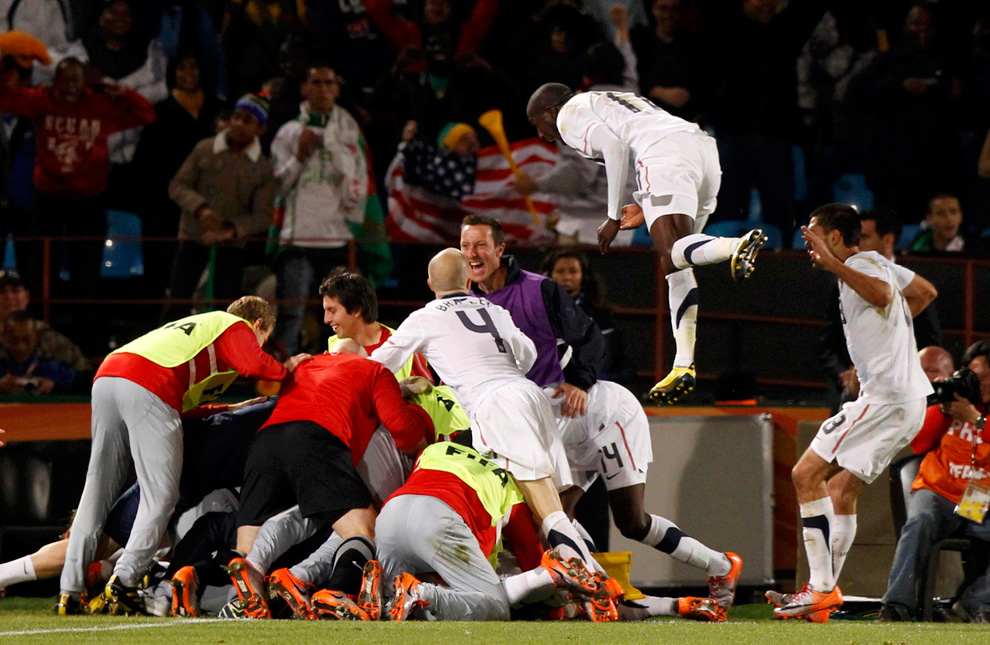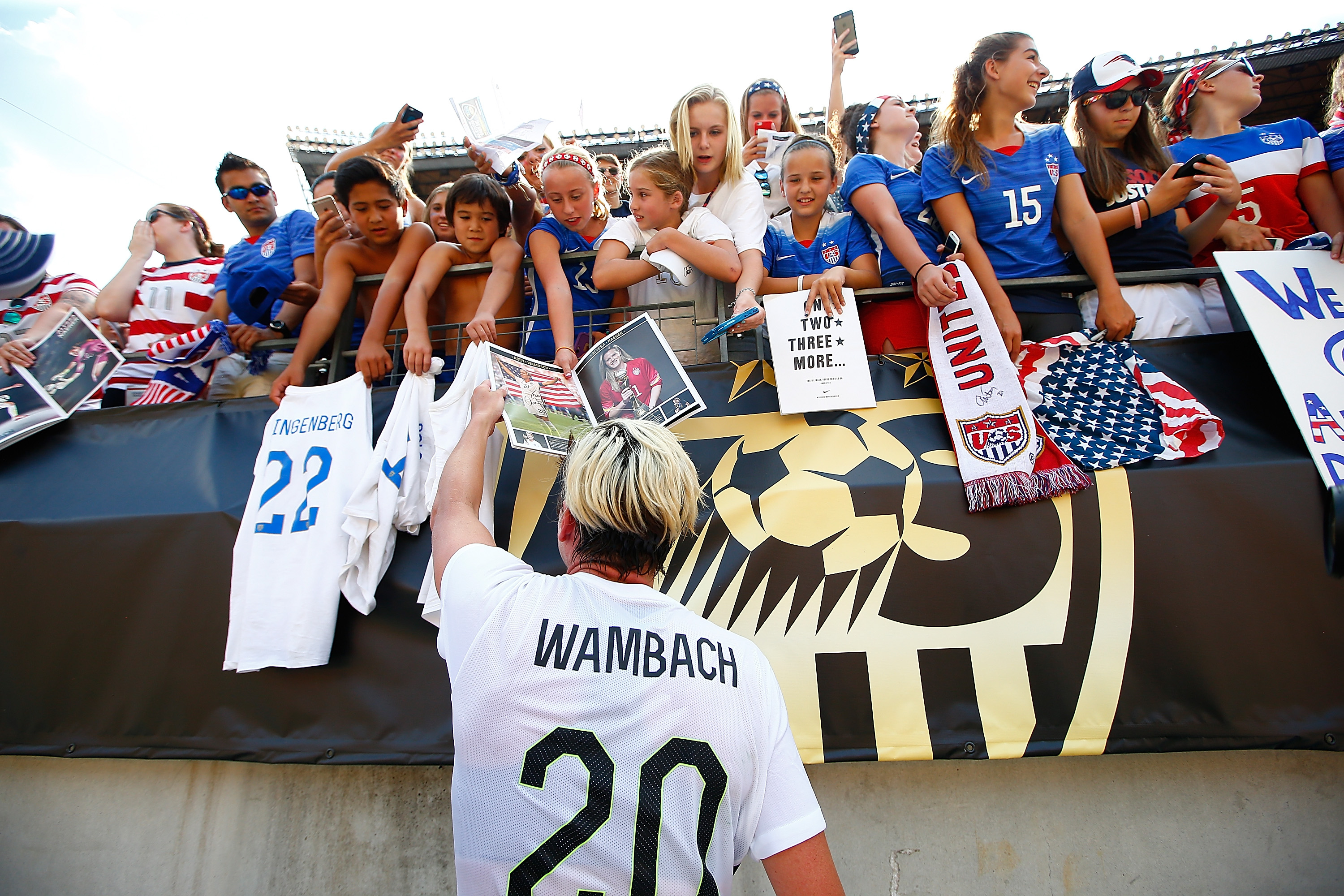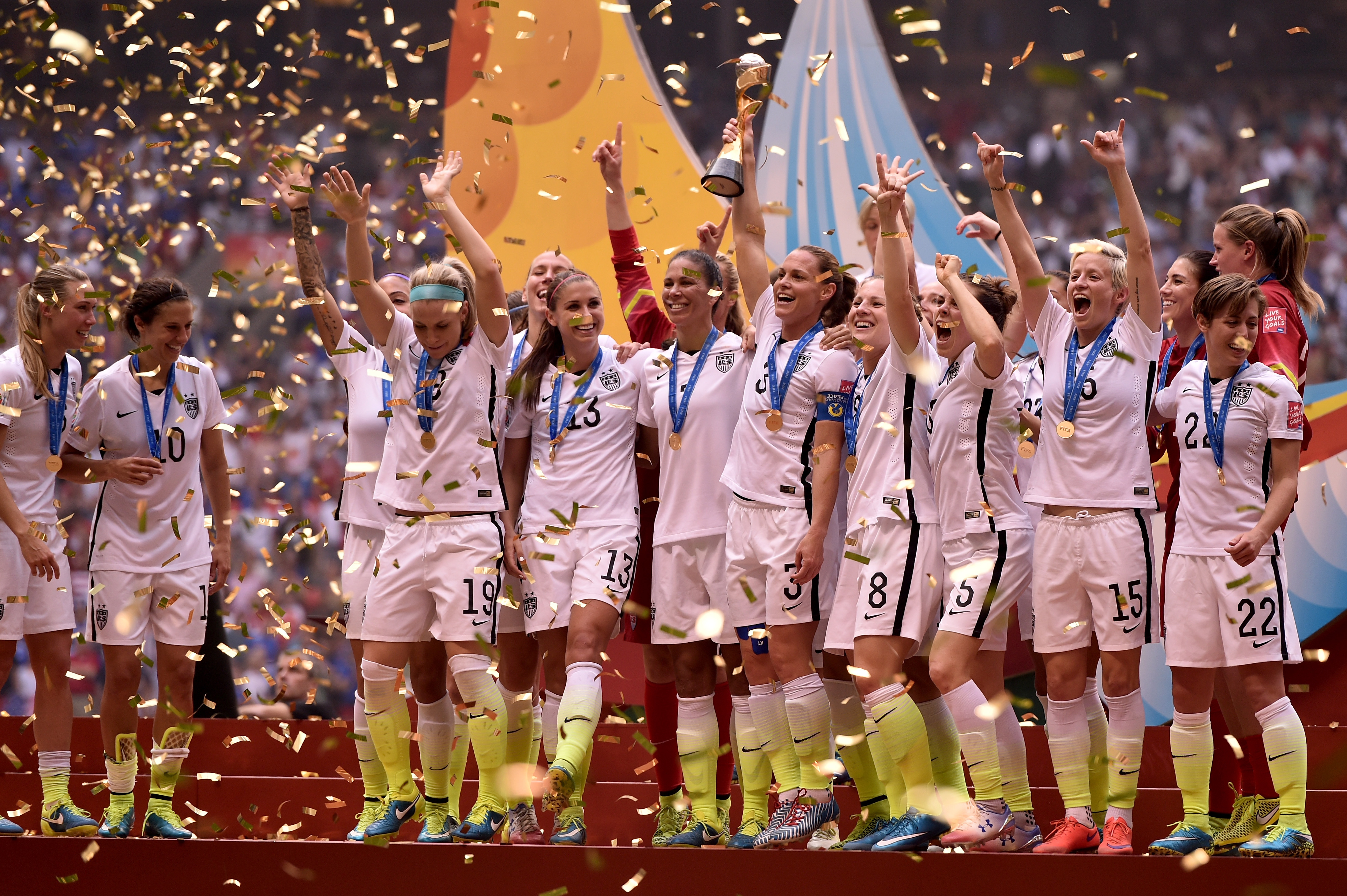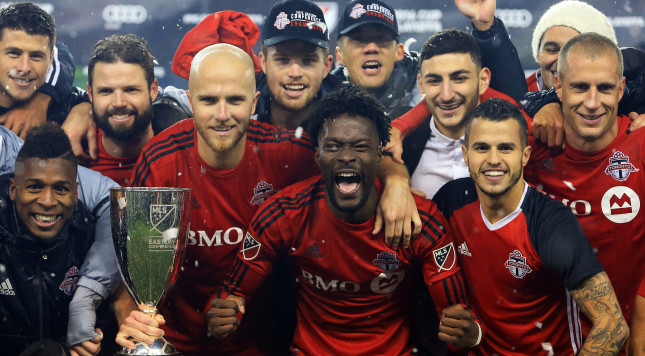Toronto FC’s BMO Field will be rocking on Saturday night for the MLS Cup final against the Seattle Sounders — with 36,000 plus in attendance — despite the projected cold temperatures. Imagine how Central American players like Roman Torres and Armando Cooper must be feeling having never experienced anything like it before.
Anyway, here’s a complete preview of this Saturday’s MLS Cup final, from the players to the tactics to the weather:
The teams
Toronto FC will play a 3-5-2 that will most likely shape up in this way:
Will Johnson joined the starting lineup in the Eastern Conference final second leg against Montreal to give Michael Bradley an additional defensive presence, and it worked well enough, so it’s likely that we see him again. If not, Jonathan Osorio would slot in for him.
Keep an eye on Tosaint Ricketts coming off the bench. He’s been a very effective late-game super-sub for them.
As for Seattle, they’ll play a 4-2-3-1 that looks something like this:
Brian Schmetzer will put out either this lineup or one that has Nicolas Lodeiro in the center and Andreas Ivanschitz on the wing instead of Erik Friberg.
What they’ll do
Toronto FC: Bomb the wing-backs forward, get Giovinco into the half-spaces, play off late runs from the midfield
Toronto’s 3-5-2 formation lends itself in a different kind of attacking play. Without a true center attacking midfielder, they play through the two strikers up front and the supporting play of the two wing-backs running forward, rather than utilizing a creator in the center.
Giovinco — a traditional second forward — acts as the attacking playmaker. In addition to being one of the main goal-scorers for TFC, he plays off the hold-up play of his partner Jozy Altidore and drops into the space between the opposing backline and the midfield to take possession and find runs from teammates.
Montreal did a wonderful job of containing him and denying him the ball, and I’d have to imagine Seattle will try similar tactics. They’ll have to attempt to condense the channels and deny him service, which will in turn deny a lot of service to Altidore and other TFC players getting into the final third.
When Giovinco does get the ball in those spaces, he often looks to the wings for one of the overlapping wing-backs, usually left back Justin Morrow. Toronto are often able to use clever combination play originating from that flank to get to the touchline and create chances from there, resulting in a number of scrappy goals. Seattle right back Tyrone Mears will be tested, and he’ll need the help of the right winger (likely Morris or Lodeiro) as well as Cristian Roldan and Ozzie Alonso to cover Morrow and Giovinco on that side.
Morrow and Beitashour’s overlapping is not the only secondary attacking option Toronto possess. Their three-man midfield of Cooper, Johnson, and Bradley generally rotate well and often provide another player to join in the attack. They will have one player — most often Cooper, but it varies — spot up near the top of the box to draw defenders out and add an additional scoring threat.
This is just another reason why TFC provide a unique attacking threat for opposing clubs. Seattle is more likely to stick to the basics.
Seattle Sounders: Get Lodeiro the ball, get Morris in behind, facilitate possession through Alonso and Roldan
I say Toronto are unique in attack, but nobody in MLS can come close to the abilities of Nicolas Lodeiro. Easily the most productive and most creative player in the league, the Uruguayan national team stalwart is the primary reason for Seattle’s midseason second wind. He frees up Morris and other goal-scorers with his tactically sound positioning, unparalleled fitness, and clever passing abilities.
Lodeiro is Seattle’s cornerstone, and is where the Sounders will base their attack. Morris, one of the main beneficiaries of the former Boca Juniors man, is Seattle’s main source of goals, and relies on Lodeiro for service. The visitors will need Morris to find space in behind to stretch Toronto’s three-man backline.
There will be plenty of space in the channels for Morris and others to run into, as one of Toronto’s main weaknesses is their inability to defend in the outside channels. The Impact often got in behind past Nick Hagglund and Eriq Zavaleta with clever movement and through-balls from Patrice Bernier, with TFC often mixing up their spacing in those areas. Watch for Lodeiro and Morris to take advantage.
Outside of the attackers, Seattle use the game-controlling and ball-winning tendencies of their deeper midfielders, Alonso and Roldan, to circulate possession in deeper areas to help push Lodeiro and the attack forward. How well Toronto can press them and deny Lodeiro the ball will be key for them.
Seattle full backs Mears and Joevin Jones have been effective when overlapping as well. They’ve been able to add width to an attack that revolves around Lodeiro’s extensive ground coverage, and they will add an extra element in this game, as they will be tasked with pinning Morrow and Beitashour deeper. The Sounders are much better with a full back — particularly Jones — on the overlap, and it’s an added bonus if they are able to contain TFC’s wing backs as a result.
The weather
Here’s the forecast for Saturday, courtesy of The Weather Network: 23 degrees Fahrenheit with a 10 degree wind chill and 14 mph winds at kickoff.
That’s pretty chilly . Not quite the coldest MLS game on record, but close. It’ll play a factor no matter what.






